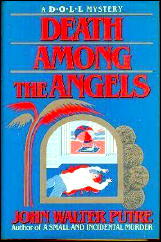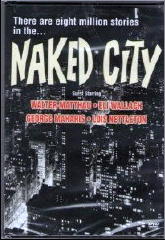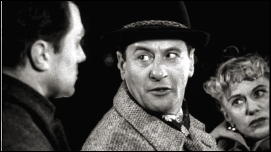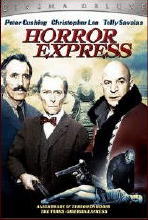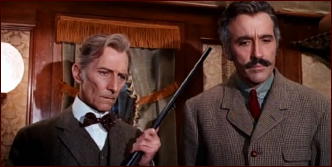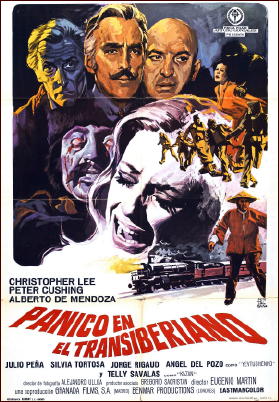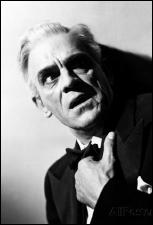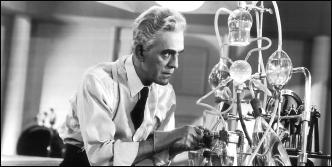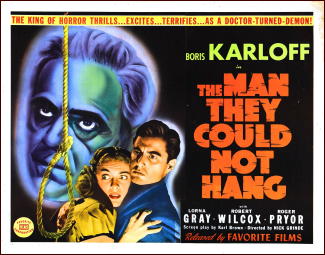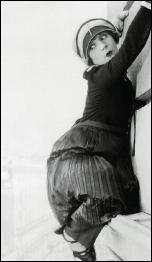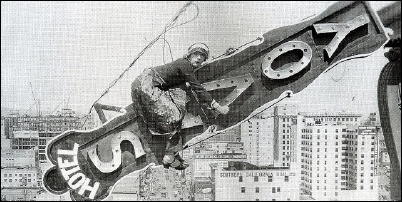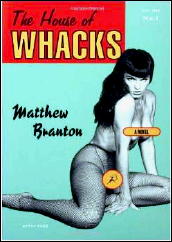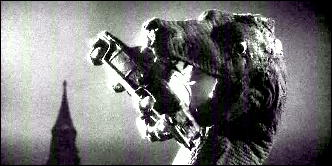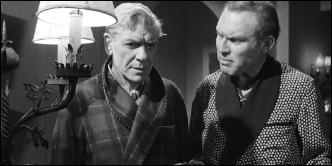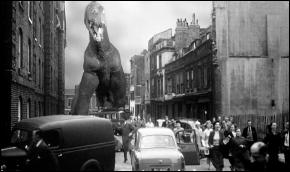Reviewed by DAVID VINEYARD:
CLIVE CUSSLER & JUSTIN SCOTT – The Race. Putnam, hardcover, 2011. Berkley, paperback, September 2012.

In The Chase Clive Cussler introduced a new hero in early 20th-Century Van Dorn Agency operative Isaac Bell, and delivered the freshest and most entertaining book he had written in years. In the follow-ups he turned the series over to veteran suspense novelist Justin Scott (The Shipkiller, The Normandie Triangle) who has run with the ball adding to the energetic series that combines Cussler’s love of anything mechanical, Scott’s gift for historical thrillers, and an attractive and entertaining hero to cheer for.
Somewhere between Nicholas Carter and the Nickel Library, a Road Runner cartoon, and a modern Tom Swift, Isaac Bell’s adventures have only gotten better.
The Race was the fourth book in the series (preceded by The Chase, The Wrecker, and The Spy), and has been followed by The Thief and The Striker.
In this one, vicious millionaire Harry Frost attempts to kill his aviatrix wife Josephine’s supposed lover airplane designer Marco Celero. He apparently succeeds, leaving young Josephine, fresh off the farm and enamored with flight penniless. Harry escapes, Marco’s body hasn’t been found, but millionaire newspaper magnate Preston Whiteway is smitten and plans a cross country aviation race for Josephine to win.
That’s where the Van Dorn Detective Agency comes in, because Frost has threatened to kill Josephine, and she needs constant protection. Enter the Van Dorn’s top man, Isaac Bell, who has a violent past history with Frost from the latter’s days as a Chicago tough.
It’s Those Magnificent Men in Their Flying Machines with bullets as well as planes flying, as Bell and his team set out to protect their client from the juggernaut Frost, a giant in a bullet proof vest capable of hiring an army of thugs and gunmen to make sure Josephine never reaches San Francisco.
The books move at a rapid pace and Bell, his boss Van Dorn, his fiancee (later wife) Marion a pioneer film maker, and a cast of regular Van Dorn operatives make for a good team to cheer for usually cast against a villain equal parts Snidely Whiplash, Mr. Hyde, James Bond’s Blofield, and Marvel comics Juggernaut — virtual forces of nature, dangerous, sly, smart, and ruthless.
In addition there is usually a mystery that the reader if not Bell and company knows the solution to, and some good if prosaic detective work that despite the period reminds me much more of my Pinkerton days than Hammett’s Continental Op or Nebel’s Cardigan.
The villain is Wily E. Coyote in these, and Bell the Road Runner one step behind and encountering one setback after the next while pulling the irons out of the fire enough to get to the next set piece. The analogy is particularly good in this one since the villain loses a piece of himself literally in every encounter. I kept waiting for anvil to fall on him or for him to run off a cliff, but he never quite manages it.
There are usually good if lightly drawn secondary characters, a surprise or two (at least they are supposed to surprise readers, whether they actually do is another question), lore about cars, boats, airplanes, guns, railroads, and a thousand other facts from the era that somehow fit in with much more ease than in Cussler’s Dirk Pitt novels, where he has been known to stop mid-book for an extraneous car rally or flight in a vintage airplane that is forced into the plot like a square peg hammered into a round hole with a sledge hammer. Here the details and action blend smoothly and keep the pages effortlessly turning.
This one has everything, running gunfights, vintage cars zooming about, special express trains, early airplanes made of spit glue and fabric, gangsters, gamblers, a passionate Italian beauty to be rescued from a madhouse, a plucky heroine with secrets, a crazy Russian inventor, a shadowy figure with his own agenda, heroic drivers (the word pilot was not in use yet) of vintage planes, and a short course on flying better than the one I took in high school where I learned to fly.
Who wins the race and how, how Bell defeats Frost, Josephine’s secret, the shadow man and his dire scheme, flying, fighting, tornados, thunderstorms, narrow escapes, and daring heroics make sure you never really take time to think too hard about all of it, and why should you? This is pure escapism of a high order, the Rover Boys with guns, dime novels with better prose, barn burners with real burning barns.
In the modern tradition Bell is a Boy Scout with violent tendencies, morally pure, upstanding, a shade pompous, but still attractive and likable. Someone needs to give modern thriller writers a quick course in anti-hero, even straight shooter Tom Mix sometimes played a bandit. But that’s a minor peeve, and what ever the flaws, this is one of my favorite current series.
These shared series are popular now, and Cussler has been joined by James Rollins now along with many others (some posthumously) in these collaborations, but Cussler has three of the best co-writers, in Scott, Thomas Perry (yes, that Thomas Perry the Edgar award winning one), and Jack Du Bruhl. It shows in the quality of the books they produce. These writers had their own successes and readers well before they tied their names with the Cussler brand, and it shows in the quality of the work produced.
Incidentally I chose this one because I found it the least of the series yet, but it is still fun, smart, fast paced, and funny when it means to be. If the worst book in the series is this good you should have an idea how good the best is. Here’s hoping Isaac Bell keeps chugging along in his vintage boats, planes, and automobiles for years to come.
